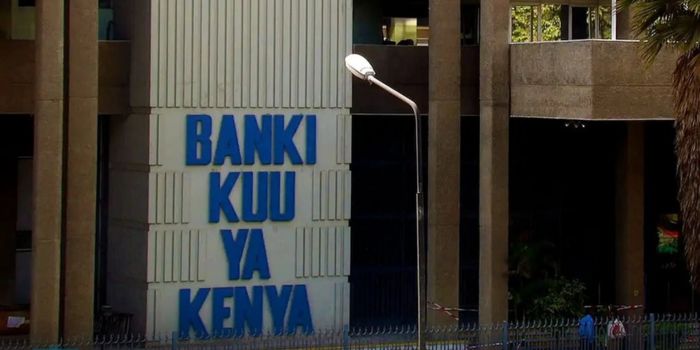Banks post Sh7.4 billion decline in quarterly profit amid tough economy

Gross loans decreased by 1.0 per cent from Sh4.1 trillion in March 2024, to Sh4.04 trillion in June 2024.
Commercial banks in the country experienced a 10 per cent decline in profit before tax for the three months ending in June, attributed to higher credit costs leading to an increase in bad loans and a decrease in loan demand.
The latest quarterly credit offer survey by the Central Bank of Kenya (CBK) shows the lenders' Q2 pre-tax profit decreased to Sh66.1 billion from Sh73.5 billion in the previous quarter.
More To Read
- CS Mbadi tables new banking rules targeting non-compliance, unethical practices
- CBK targets Sh40 billion in new Treasury bond auction
- Regulators warn over financial sector’s dependence on limited tech providers
- Mbadi confirms Treasury deliberately influencing shilling’s value against dollar
- Diaspora remittances from Saudi Arabia fall to four-year low after new work permit rules
- MPs push Treasury to curb rising fees on unused foreign loans
CBK said the decrease was caused by the higher increase in quarterly expenses, which grew by Sh7.7 billion compared to the increase in quarterly income which rose by just Sh0.3 billion.
However, compared to the corresponding quarter last year, the record is a Sh11 billion increase from Sh55.1 billion.
The apex bank from the survey exhibited that the banking sector in the period under review generally recorded a mixed trend compared to the growth in the preceding quarter.
Total assets increased by 0.5 per cent to Sh7.6 trillion in June 2024, from Sh7.5 trillion in March 2024.
Gross loans decreased by 1.0 per cent from Sh4.1 trillion in March 2024, to Sh4.04 trillion in June 2024.
"The decrease in gross loans was largely witnessed in the agriculture, manufacturing, mining and quarrying, financial services, and tourism, restaurant, and hotel sectors," CBK says.
On the other hand, total deposits increased by 1.2 per cent from Sh5.52 trillion in Q1 to Sh5.59 trillion from Sh9.1 billion in the period under review.
Asset quality, measured by the gross nonperforming loans to gross loans ratio, deteriorated to 16.3 per cent from 15.7 in the previous quarter.
"This was due to an increase in gross non-performing loans of 2.5 per cent and a decrease in gross loans of 1.0 per cent," CBK says.
Notably, the demand for credit in the review period remained unchanged in the majority of the economic sectors but increased in trade, personal and household sectors.
The increased demand for credit in trade, personal, and household sectors is mainly attributed to increased working capital requirements during the period, fuelled by an increase in interest costs, the cost of doing business, and demand to finance goods.
The main sectors with unchanged demand for credit were mining and quarrying, energy and water, agriculture, and tourism, as well as restaurantss and hotels.
CBK, in response, noted that most of the factors related to affecting demand for credit had no significant impact.
These factors include the bank's cost of funds and balance sheet constraints, competition from other lenders, political risk and expectations regarding the general economic activity.
"However, the cost of borrowing and retention of the Central Bank Rate (CBR) led to decreased demand for credit," it says.
Top Stories Today
Reader Comments
Trending










































